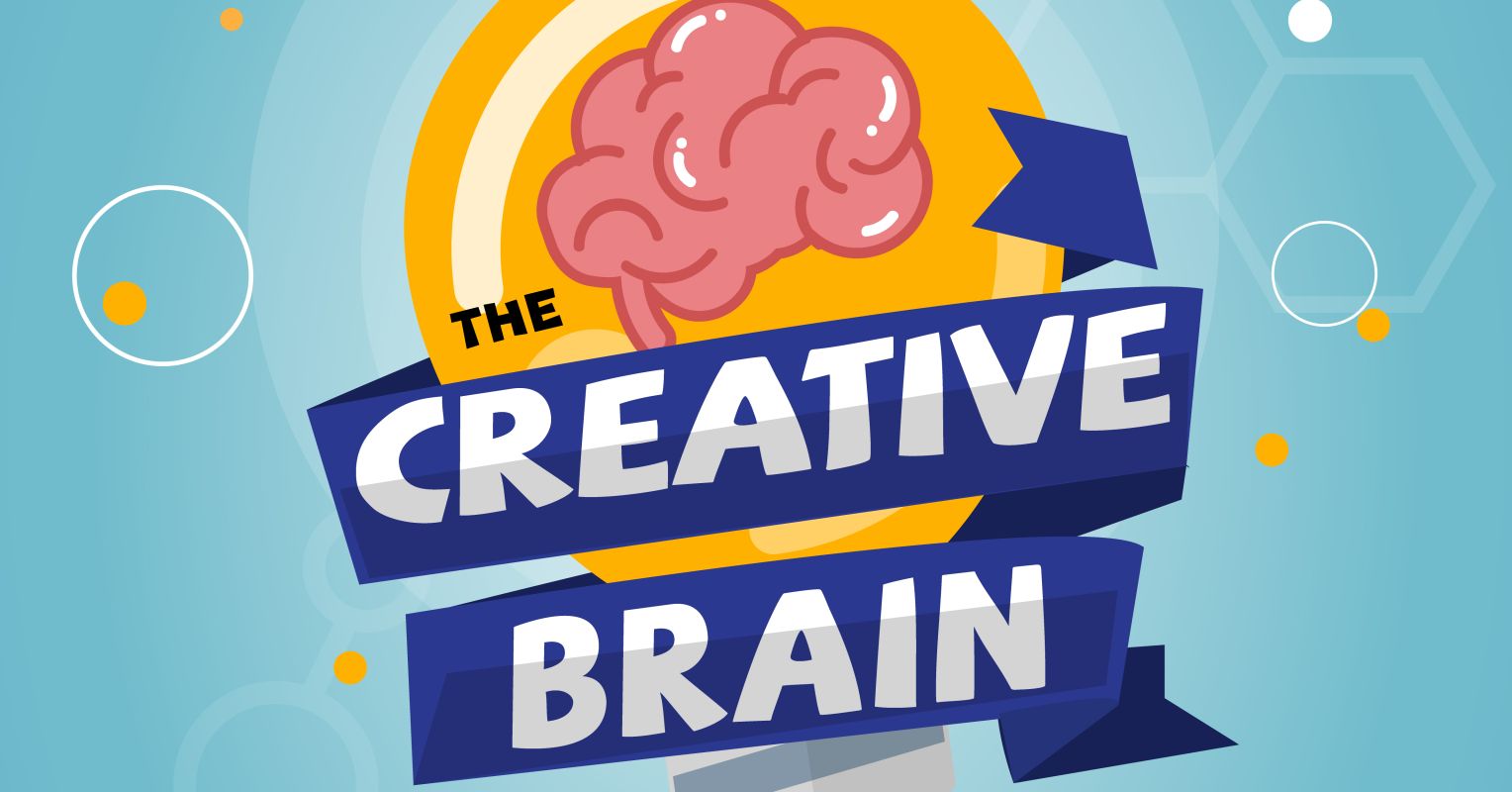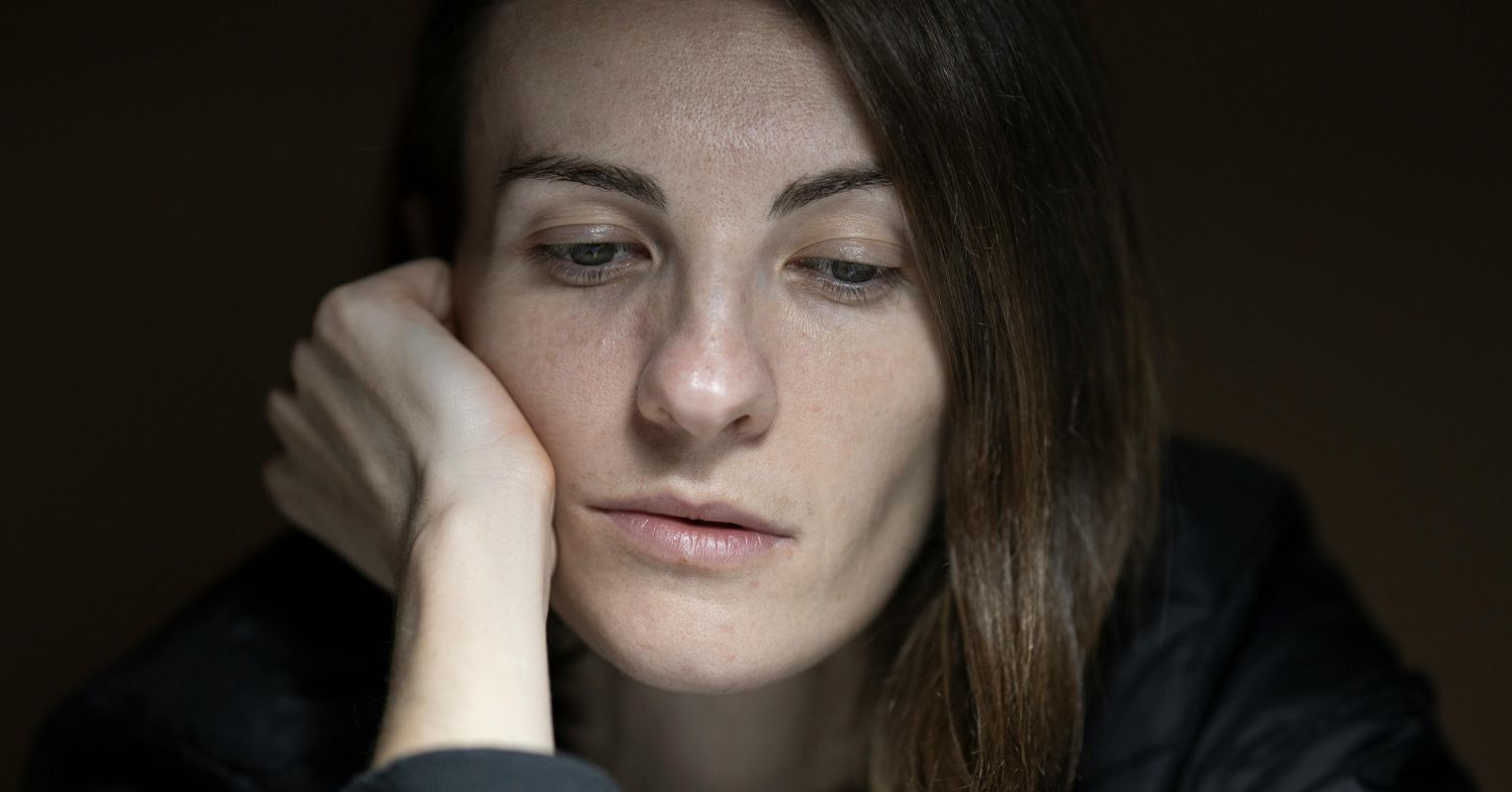For decades, the idea that creativity comes from the right side of the brain has dominated popular culture. People have been told they’re either “right-brained” (creative, intuitive) or “left-brained” (logical, analytical). But modern fMRI-based neuroscience continues to debunk this false “right brain = creativity” equation.
A recent neuroimaging study (Kutsche et al., 2025) from Harvard Medical School’s Mass General Brigham, published in JAMA Network Open, shows that creativity isn’t confined to one brain hemisphere.
Instead, it arises from a brain-wide network that spans multiple regions. This 21st-century discovery updates how we think about creative thought and has significant implications for education, arts programs, and possibly even artificial intelligence.
“We wanted to answer the questions, ‘What brain regions are key for human creativity, and how does this relate to the effects of brain injuries?'” co-senior author Isaiah Kletenik said in a February 2025 news release. “We found that many complex human behaviors such as creativity don’t map to a specific brain region but do map to specific brain circuits,” co-senior author Michael D. Fox added.
What’s the Origin Story of the Right-Brain Myth?
The left-brain/right-brain theory stems from early studies of brain injuries in the 1960s and ’70s. Researchers observed that damage to the left cerebral hemisphere often led to analytic difficulties, while damage to the right affected spatial abilities and artistic expression. This led to the oversimplified belief that logic is seated in the left hemisphere, while creativity and imagination are rooted in the “right brain.”
This idea became popularized in books, personality tests, and self-help guides, reinforcing the notion that some people are more “right-brained” and others more “left-brained.” But neuroscience has since revealed that the brain doesn’t work in such a strictly divided way.
Rather than relying on a single hemisphere in the cerebrum, creativity happens when the whole brain works together harmoniously—blending intuition, memory, problem-solving, emotions, and abstract thinking.
Brain Injuries and Creativity: A Surprising Link
The latest (2025) brain mapping study analyzed neuroimages from 857 participants across 36 studies to pinpoint which regions activate during creative tasks like drawing, writing, and composing music. The findings reveal that creativity arises from a whole-brain circuit, not just the right cerebral hemisphere.
One of the most fascinating findings from this study is that brain injuries can sometimes boost creativity. Notably, the researchers found that damage to the prefrontal cortex’s right frontal pole—which helps regulate self-monitoring thoughts—was often associated with increased creative output. “To be creative you may have to turn off your inner critic to allow yourself to find new directions and even make mistakes,” Kletenik posits.
In The Gospel of Relaxation (1911), Harvard professor of philosophy and psychology William James advised people to “unclamp your intellectual machinery” and let their minds run free, arguing that excessive self-monitoring stifles the brain’s full potential. Over a century later, James’s insights appear prophetic in light of new (2025) research linking reduced activity in certain prefrontal cortex areas to heightened creativity.
State-of-the-art neuroimaging suggests that relaxing rigid executive functions fosters a more creative cognitive state—one that encourages freer associations, fresh ideas, and superfluid thinking—echoing James’s century-old belief that loosening mental constraints can enhance certain types of cognition.
Creativity Essential Reads
When this self-monitoring region is impaired, the frontal lobes “unclamp” in ways that make the creative brain less inhibited, allowing more free-flowing and unconventional thinking. This phenomenon was observed in:
- Stroke survivors who suddenly develop artistic talents.
- Traumatic brain injury (TBI) patients who show enhanced divergent thinking.
- People with frontotemporal dementia who sometimes experience a surge in creative expression.
These cases highlight that creativity isn’t just about generating ideas—it also involves not overthinking or filtering them.
4 Ways to Unleash Your Brain’s Creativity
Because creativity is linked to a widespread brain circuit, a broad range of activities can unlock it. Evidence-based research suggests that we can boost creativity by doing the following:
1. Reduce Self-Censorship. Brain mapping studies suggest that turning off self-monitoring can boost creativity. Activities that encourage spontaneous thought—like brainstorming, doodling, or free-association exercises—can help bypass mental filters.
2. Move Your Body. Physical activity, especially aerobic exercise like running or dancing, engages multiple brain regions and increases cognitive flexibility. Studies show that movement can help spark fresh, creative ideas.
3. Try Meditation or Mindfulness. Meditation has been shown to quiet the frontal pole, reducing overthinking and allowing for more fluid, creative thought. Research links mindfulness practices to improved divergent thinking.
4. Loosen Your Mental Grip. Freeing your mind from rigid thinking by doing the following can help unlock creativity:
- Play with spontaneity: Improvise on a musical instrument, write freestyle, or doodle.
- Break familiar patterns: Brush your teeth with your nondominant hand, take a different route home, or cook without following a recipe.
- Engage in open-ended problem-solving: Tackle puzzles, riddles, or lateral-thinking exercises with multiple solutions.
Mapping Creativity Broadens Horizons
Educational frameworks often separate “creative” subjects like art and music from “logical” ones like math and science. But recognizing creativity as a whole-brain process suggests that pedagogy should blend disciplines—such as integrating storytelling into science or using visuals in math—to unlock greater creative potential.
These findings also have implications for brain health. By mapping creativity to a brain-wide neural network, scientists may develop new therapies to preserve or enhance creative abilities in individuals with neurological conditions.
Say Goodbye to the Right-Brain Myth
The myth that creativity is confined to the right brain has been debunked. The latest (2025) research illuminates how creativity flourishes via brain-wide circuitry that integrates memory, problem-solving, emotions, and flexible thinking.
“We are learning more about neurodiversity and how brain changes that are considered pathological may improve function in some ways,” Kletenik concluded. “These findings help us better understand how the circuitry of our brains may influence and unleash creativity.”
The next time you’re feeling stuck or waiting for that “Eureka!” moment, remember that creativity isn’t confined to one part of your brain. Participating in activities promoting whole-brain engagement, challenging routine thinking, encouraging spontaneity, and connecting seemingly unrelated ideas can increase the odds of having creative breakthroughs.




